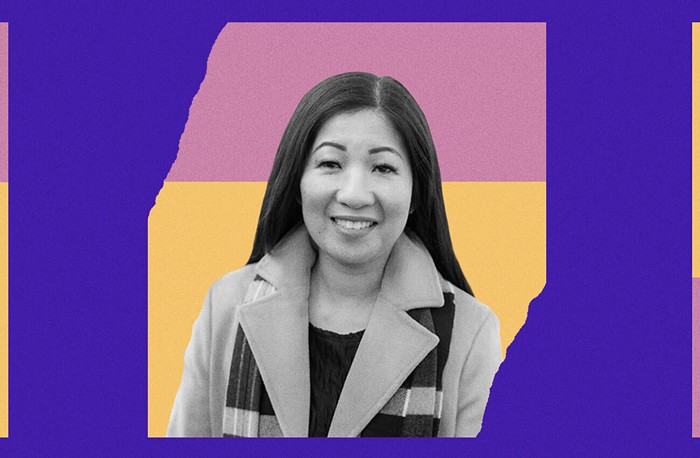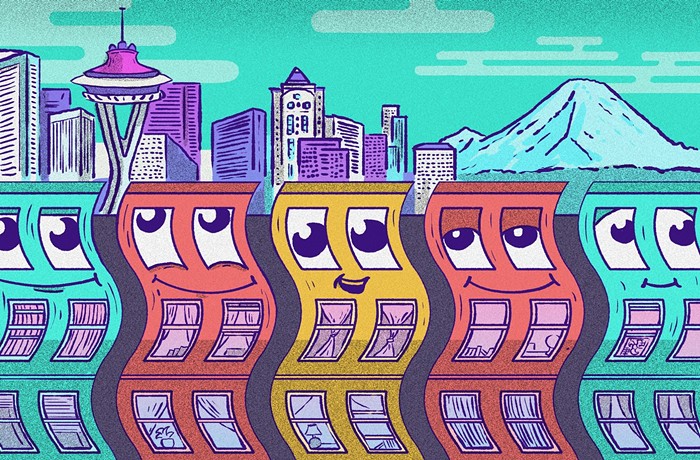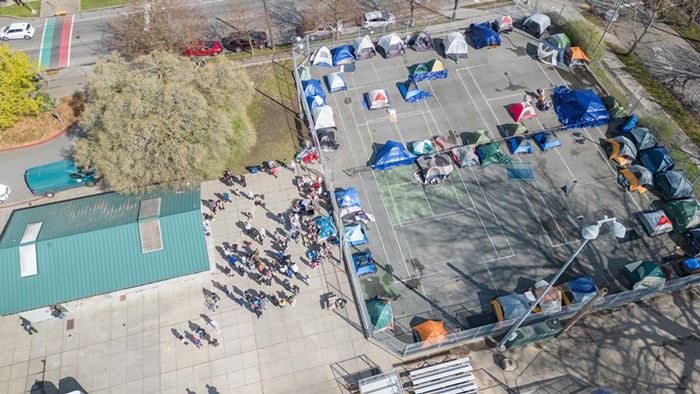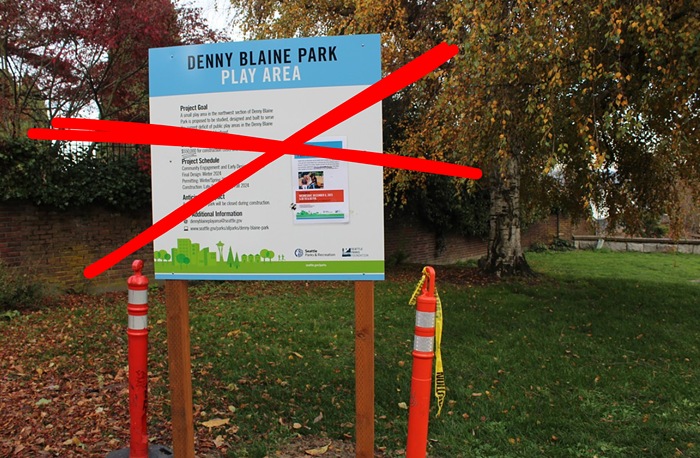
Mayor Murray’s recent announcement to cut city-sponsored ties with the neighborhood District Council shook up the old guard community voices in our city.
I’ve been working under this system as a community organizer and leader for more than 16 years. I was a member of the North District Council for a number of years, Co-Chair of North District Council for about two years, and participated in the City Neighborhood Council at times.
I believe the Mayor’s actions will foster even stronger Seattle neighborhoods. Here’s why.
In 2016, the City will spend $1.2M for “outreach and engagement to Seattle residents” via support for the District Council system. City data commissioned earlier this year showed that participation in each neighborhood was predominantly Caucasian homeowners over the age of 50.
At my District Council meetings, this rang true. People in the room were almost entirely white, over 40, middle-class, and homeowners. Many also did not work or did not work conventional hours as they were retired, self-employed, on disability, or fortunate to not need to work. We discussed reaching out to groups not at the table such as immigrant communities, renters, young families, and teens. We had some successes, but more often than not, we heard from those we reached out to that the evening meeting structure and time commitment was a barrier.
But change wasn’t going to happen.
And the reason why was hard to accept: unless we engaged in ways other than the existing 1987 District Council structure, we were not going to bring all of the community into the discussion. That structure simply wasn’t built with Seattle 2016 in mind.
The simple truth is - we’re all neighbors. Everyone in Seattle is a neighbor. And just because your opinions and ideas don’t funnel up through your neighborhood’s District Council doesn’t give it any less weight.
No neighbor’s voice is better than someone else’s – but that’s how the old process worked. You had to join the right group, have participated longer than anyone else or “earned” a seat at the table to effect change. Silly, right?
Let me give you an example.
In the summer of 2015, the City Neighborhood Council (“CNC”) held a “Phoenix Project” event intended to engage community members around neighborhood planning. The event was funded and staffed through city resources and held in the City Hall Bertha Knight Landes Room on a Saturday morning. CNC and District Councils shared information on the event with their members. I received one of these invitations and shared it with others, as I often do. When Seattle residents who were not known members of the CNC or District Councils RSVP’d to the CNC community member organizing the event, they were challenged about whether they were “qualified to attend” or whether there would be “enough room for them”. City staff had to intervene and clarify that because city resources were being used, everyone was welcome.
Jim Diers, the founder of modern community organizing in Seattle and original Director of the Department of Neighborhoods, spoke at the “Phoenix Project” event and warned in his comments that the current CNC and District Council organizing is no longer inclusive. He encouraged a return to the broad engagement that had characterized the early days of Seattle neighborhood planning.
What I hope all Seattle neighbors realize is this: Mayor Murray’s changes do not disband, dissolve or prohibit the existing District Councils. They will still manage the neighborhood plans, apply for grants and continue to do the good work that has helped our communities thrive. The changes do not take away citizen power; they empower even more citizen voices.
His decision to broaden the City of Seattle community engagement program was a bold and long-needed decision that will help bring a stronger, more inclusive public engagement process to Seattle. Change is always difficult, but when the dust settles, we will look back on this as a transformative moment in which we fully committed to our progressive Seattle value of inclusion.
Unlocking a 30-year-old process that wasn’t serving the Seattle of today won’t come without some shrieking voices decrying change.
But the good news is he’s giving folks a chance to be equally heard. No matter if you’re “just a neighbor” or part of your community District Council.
Sometimes, the simple idea of equality is pretty radical.
Let’s all commit to the original spirit of the Department of Neighborhoods and community organizing in Seattle and each work together to bring more community members to the conversation.
Renee Staton is a community member in Seattle’s Pinehurst neighborhood.


















